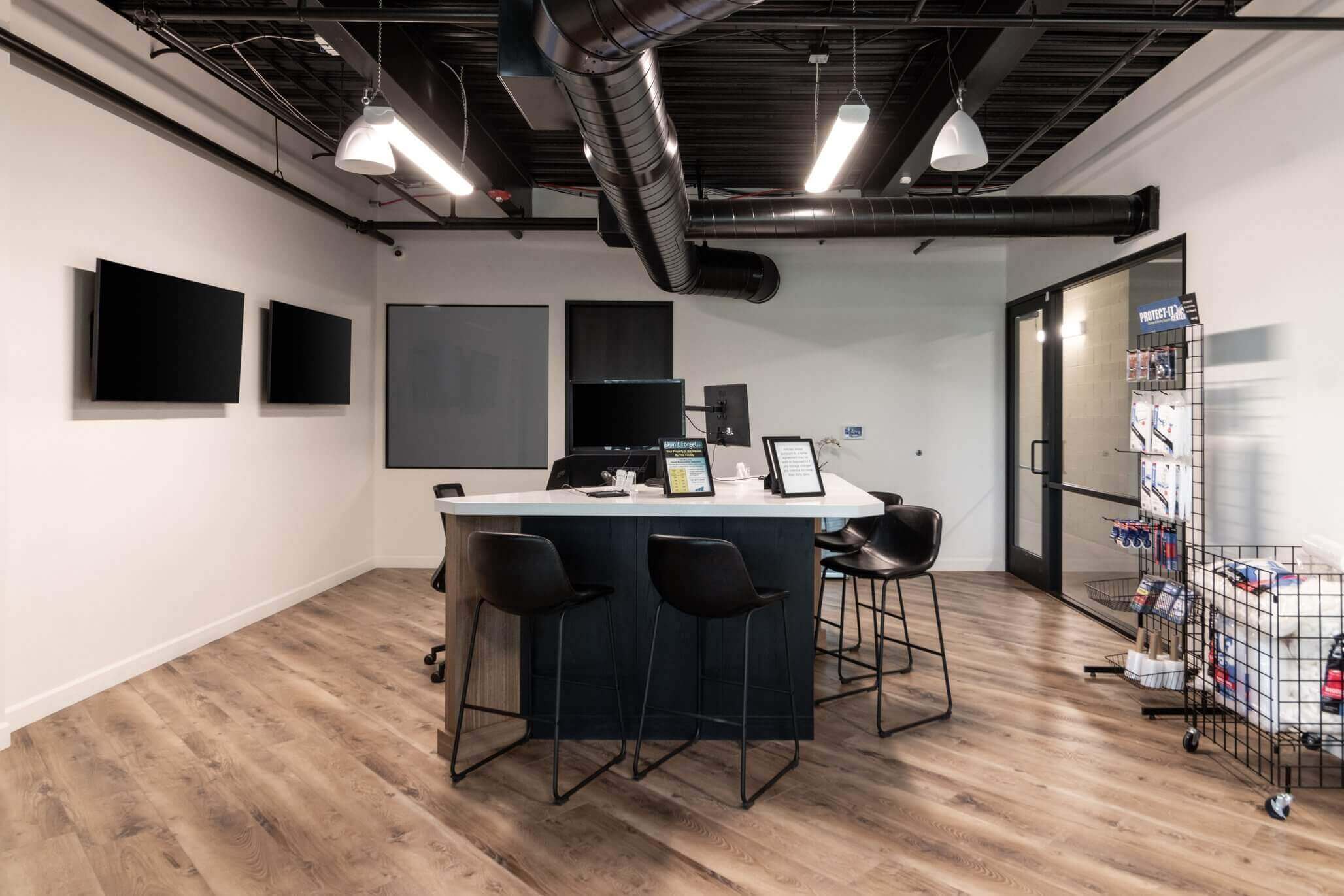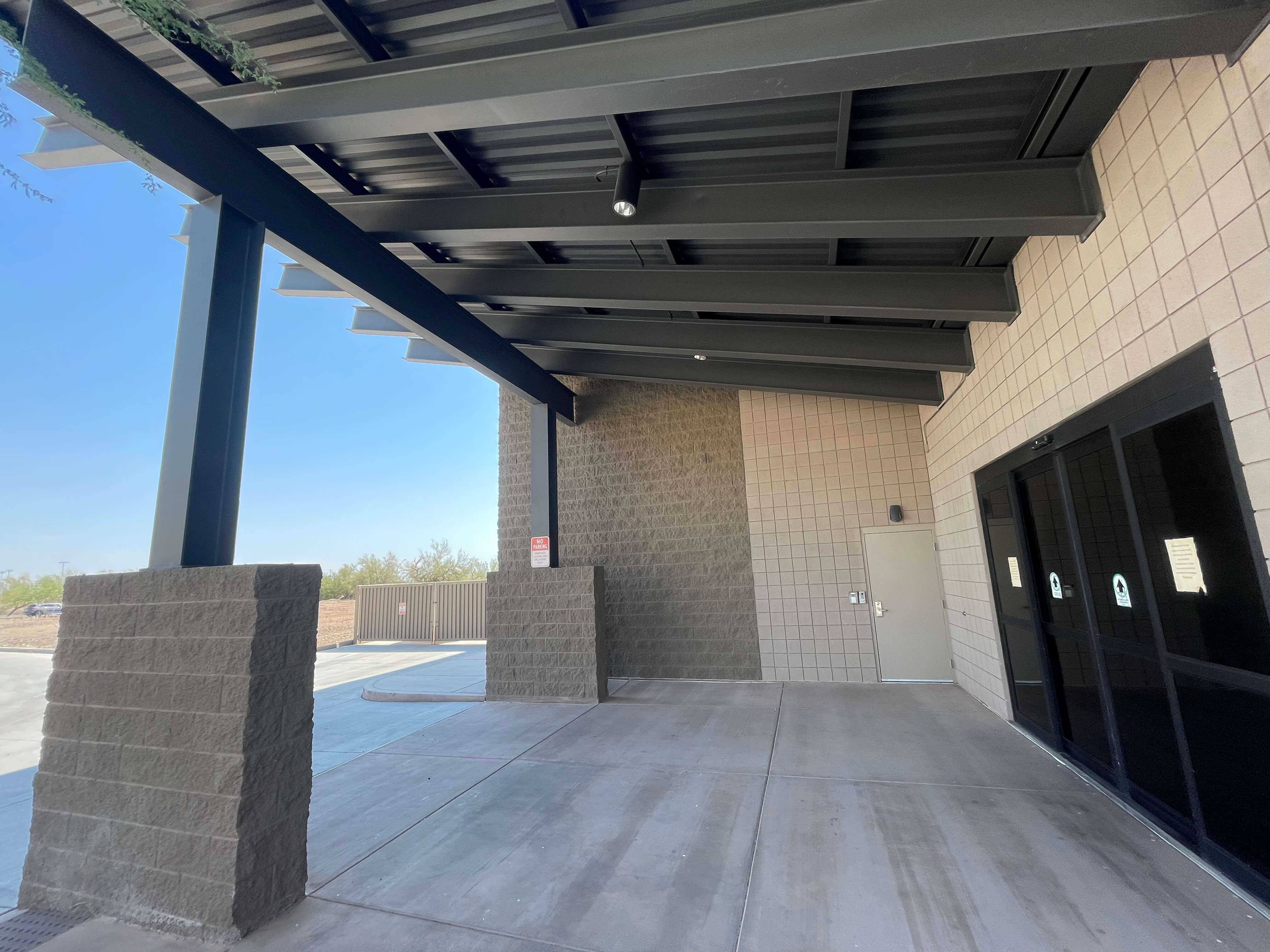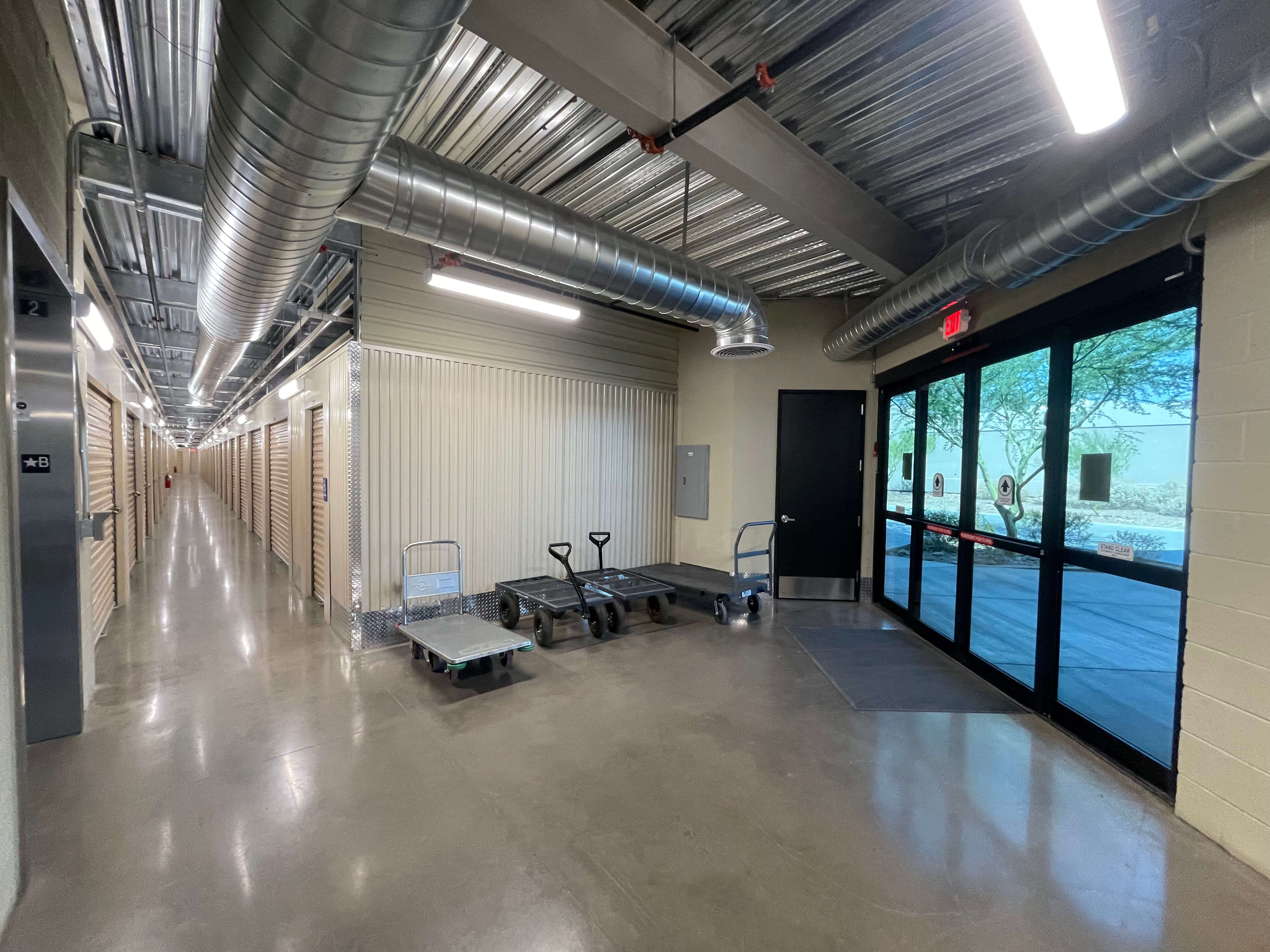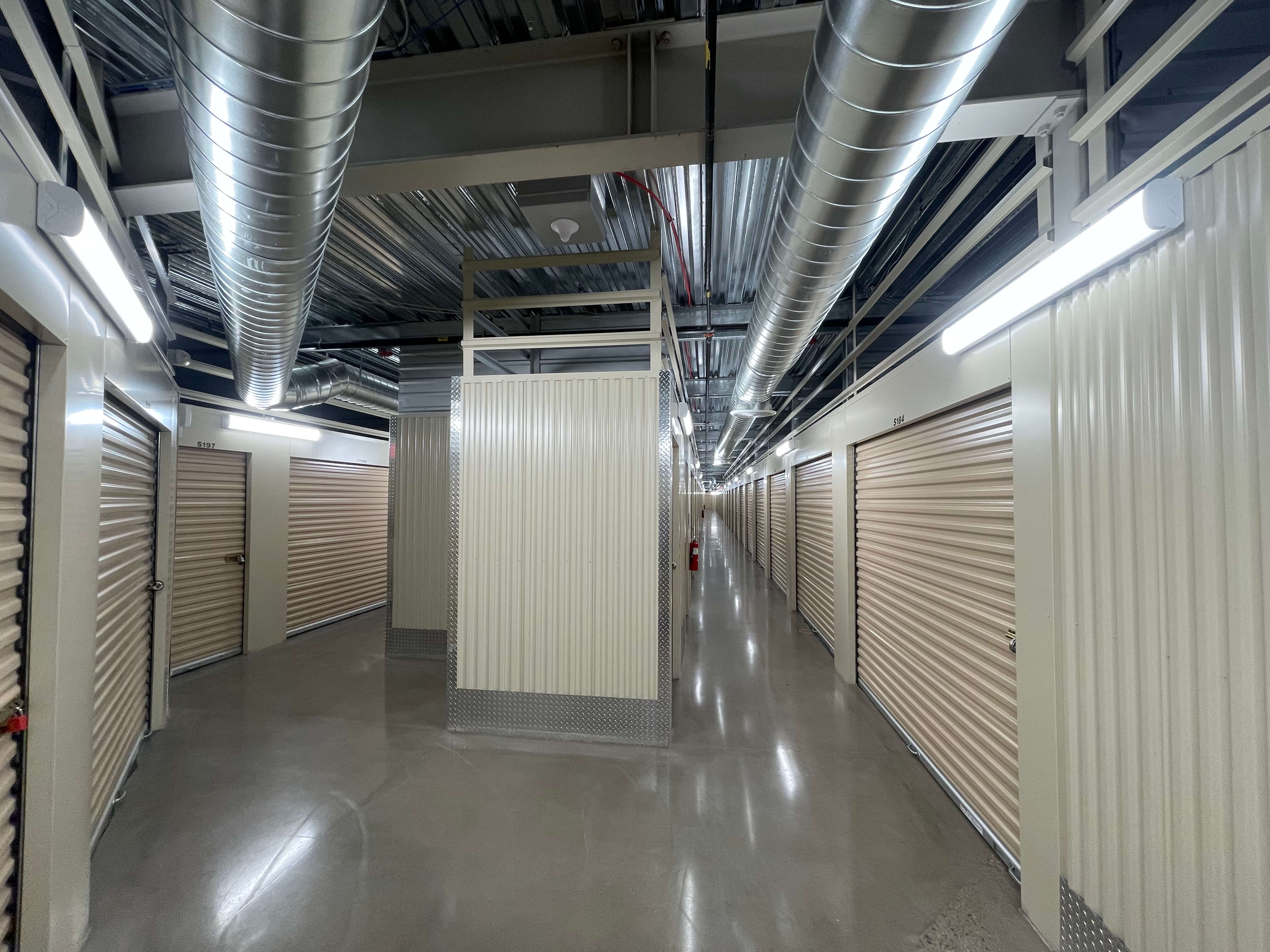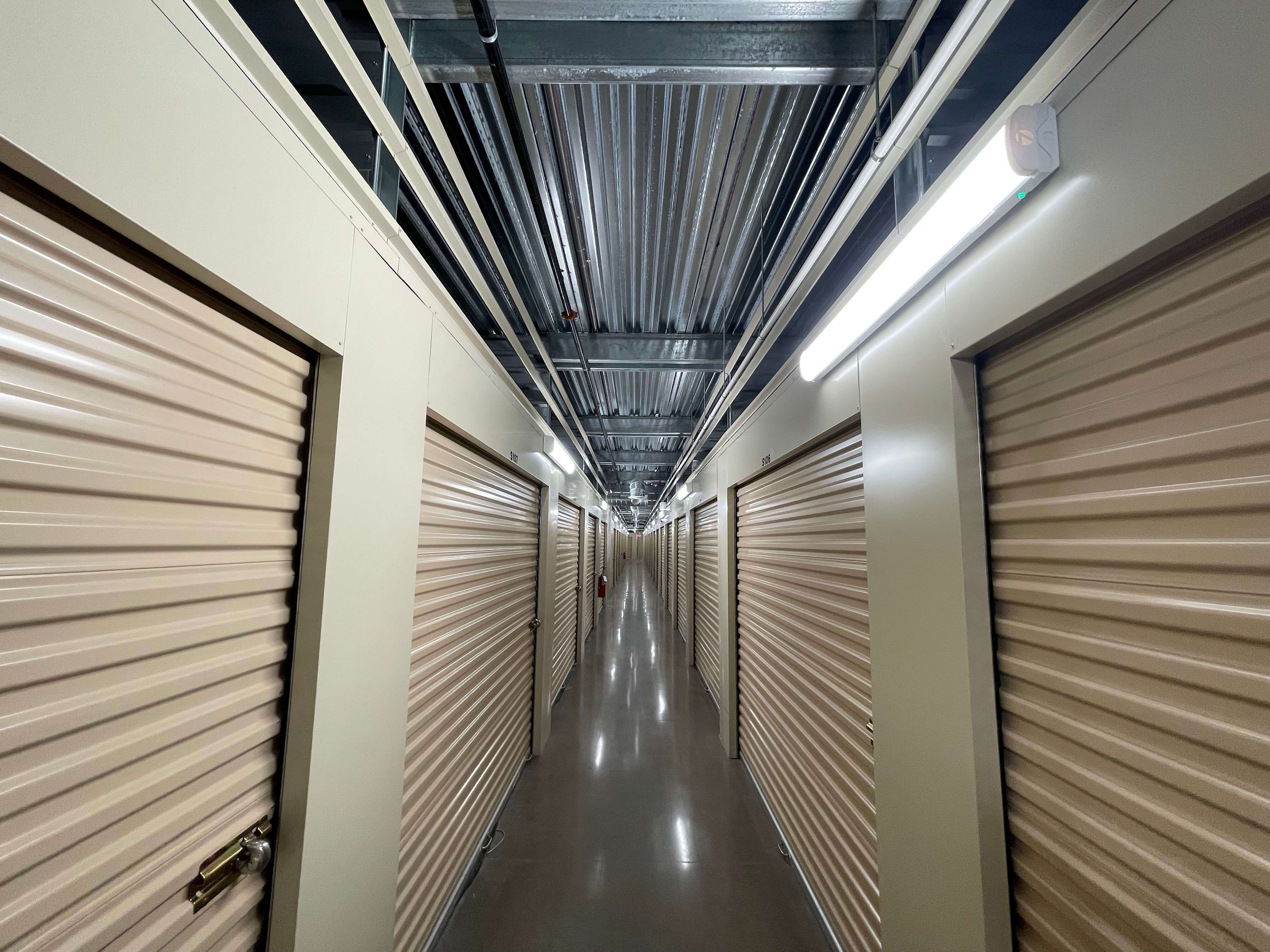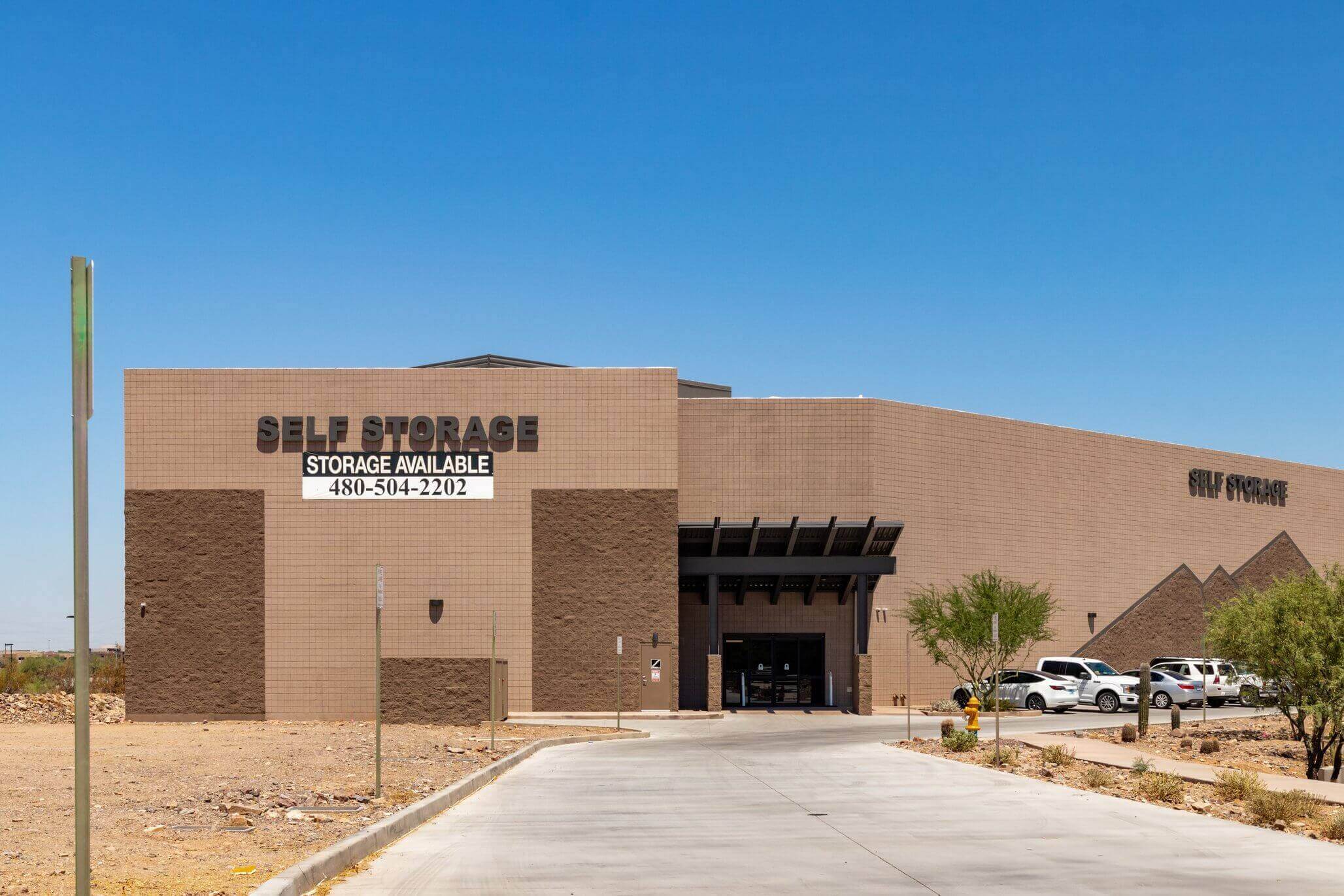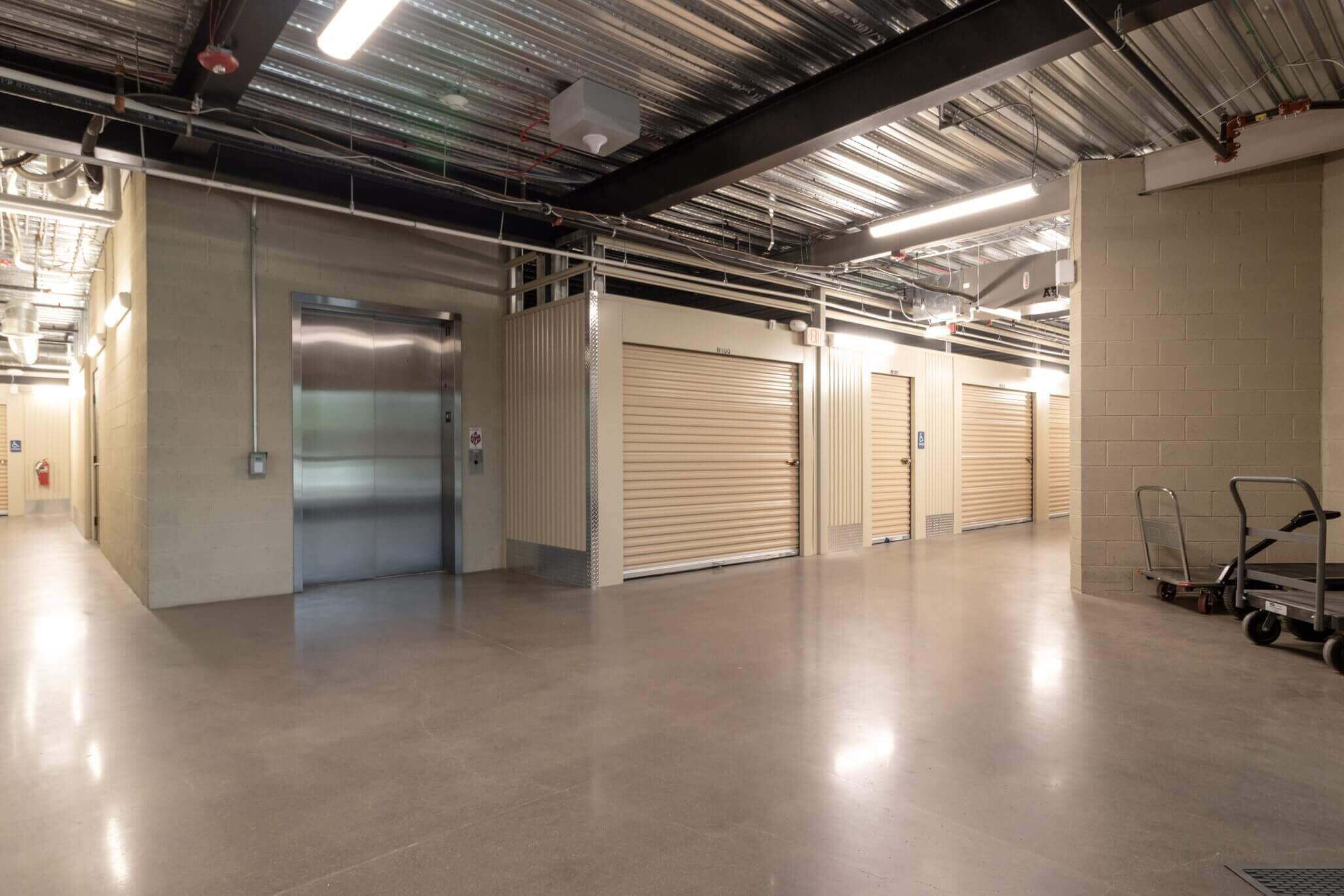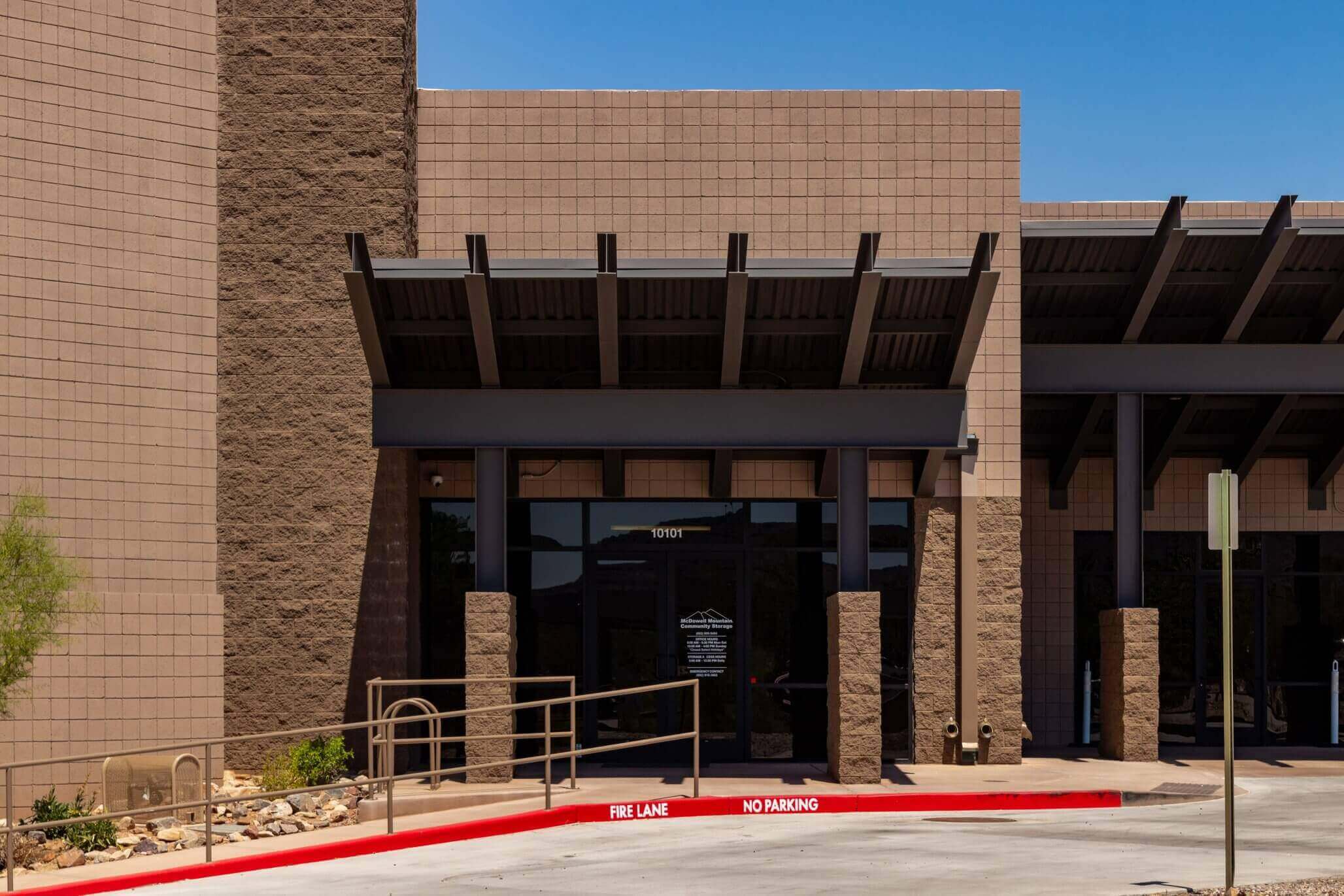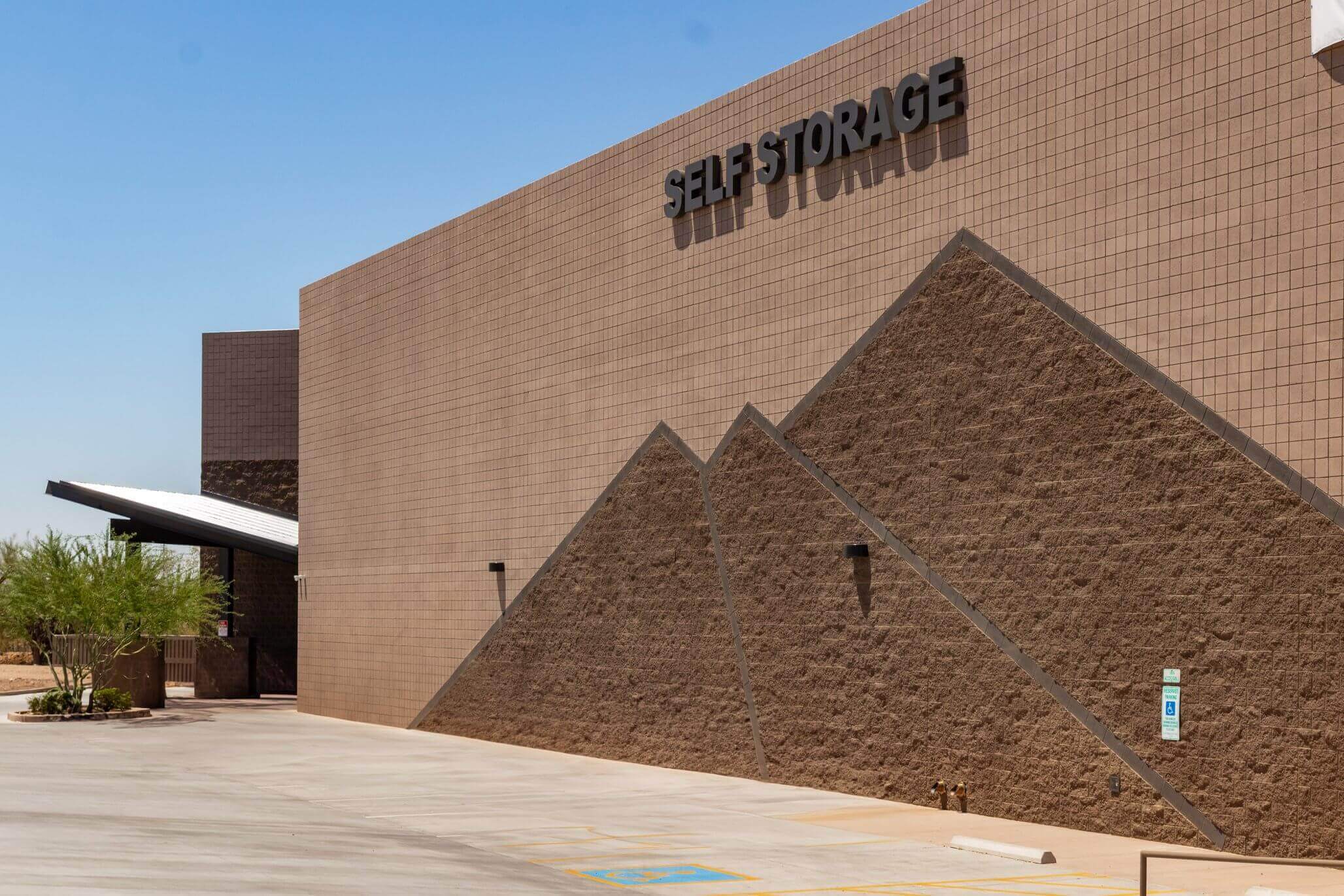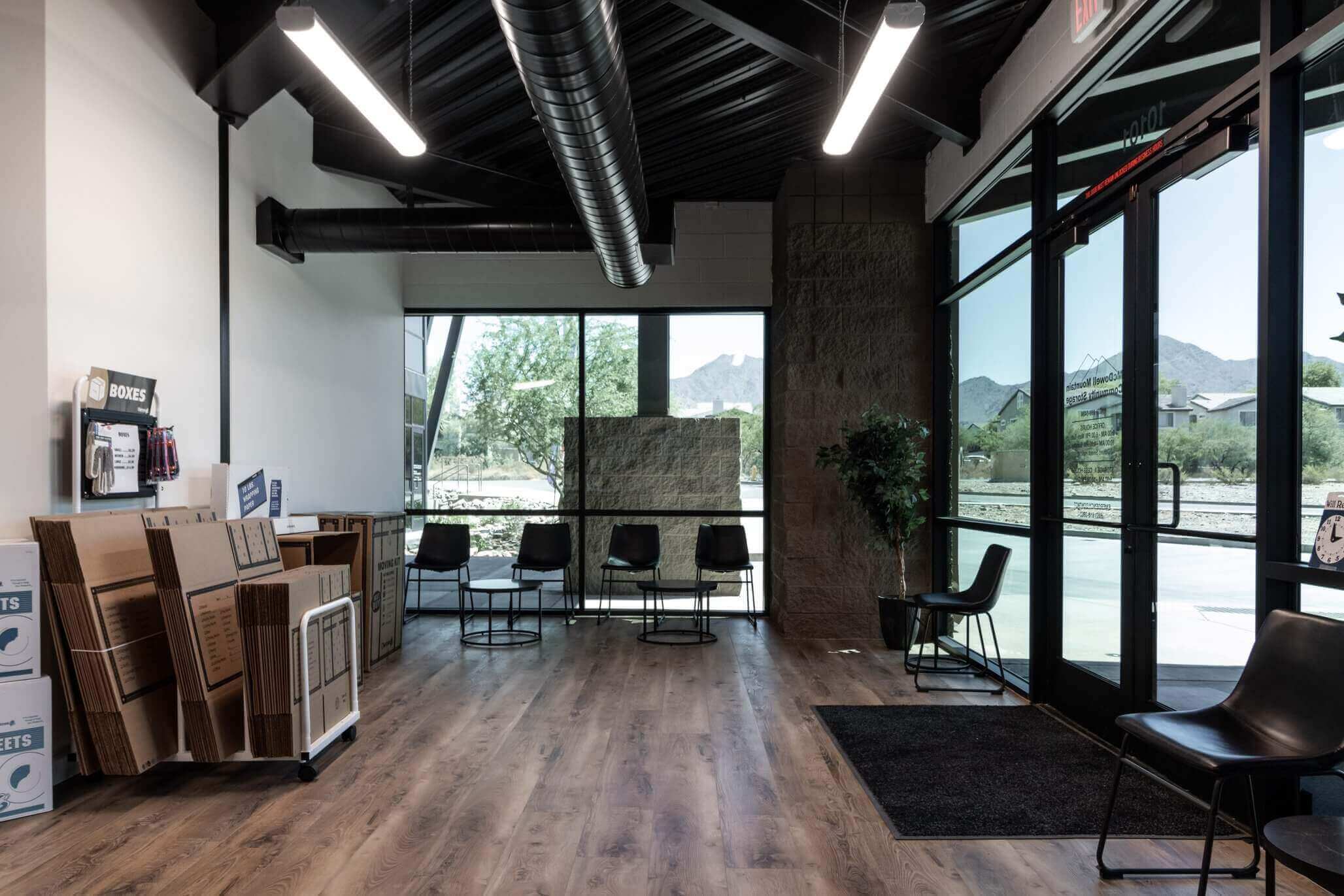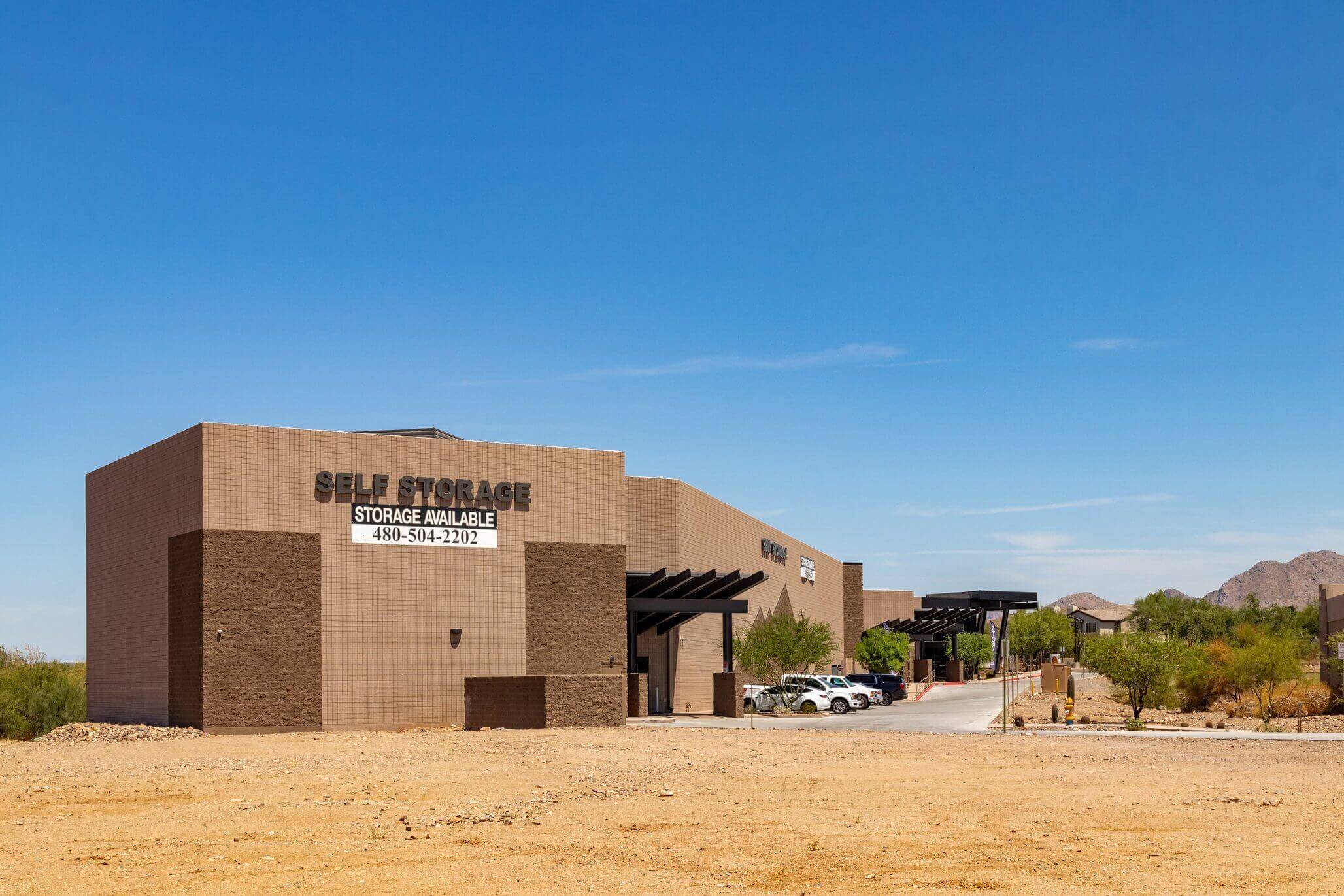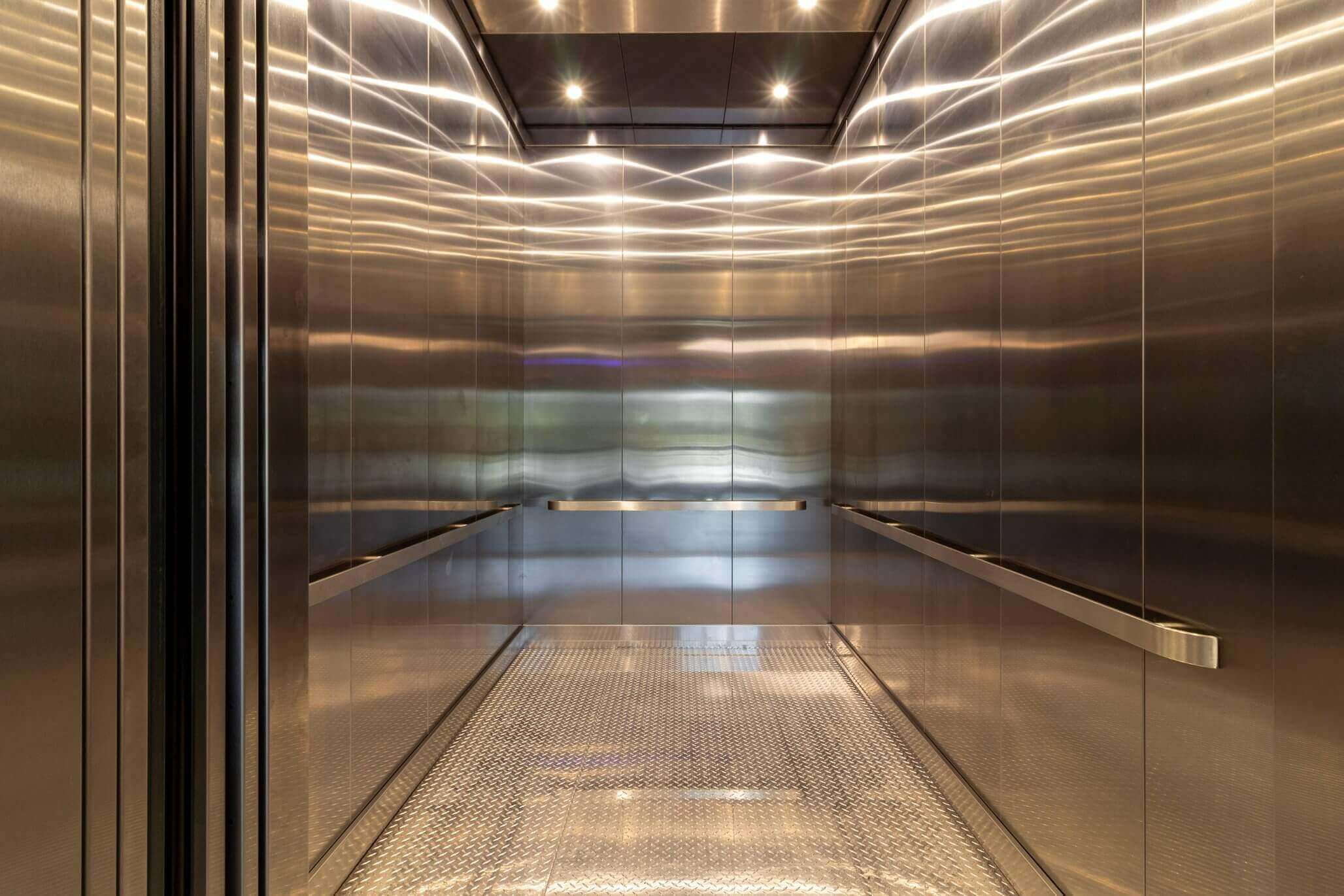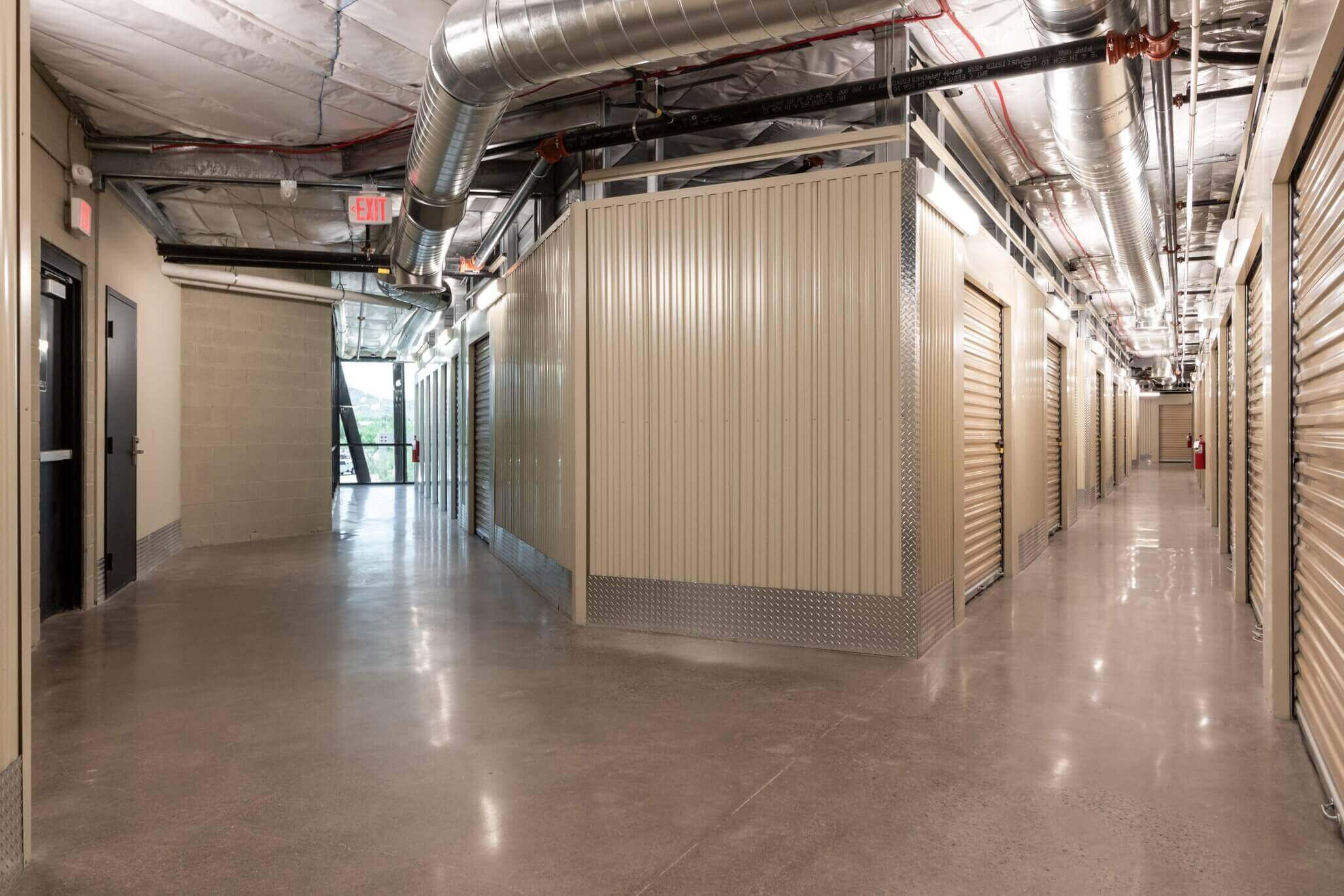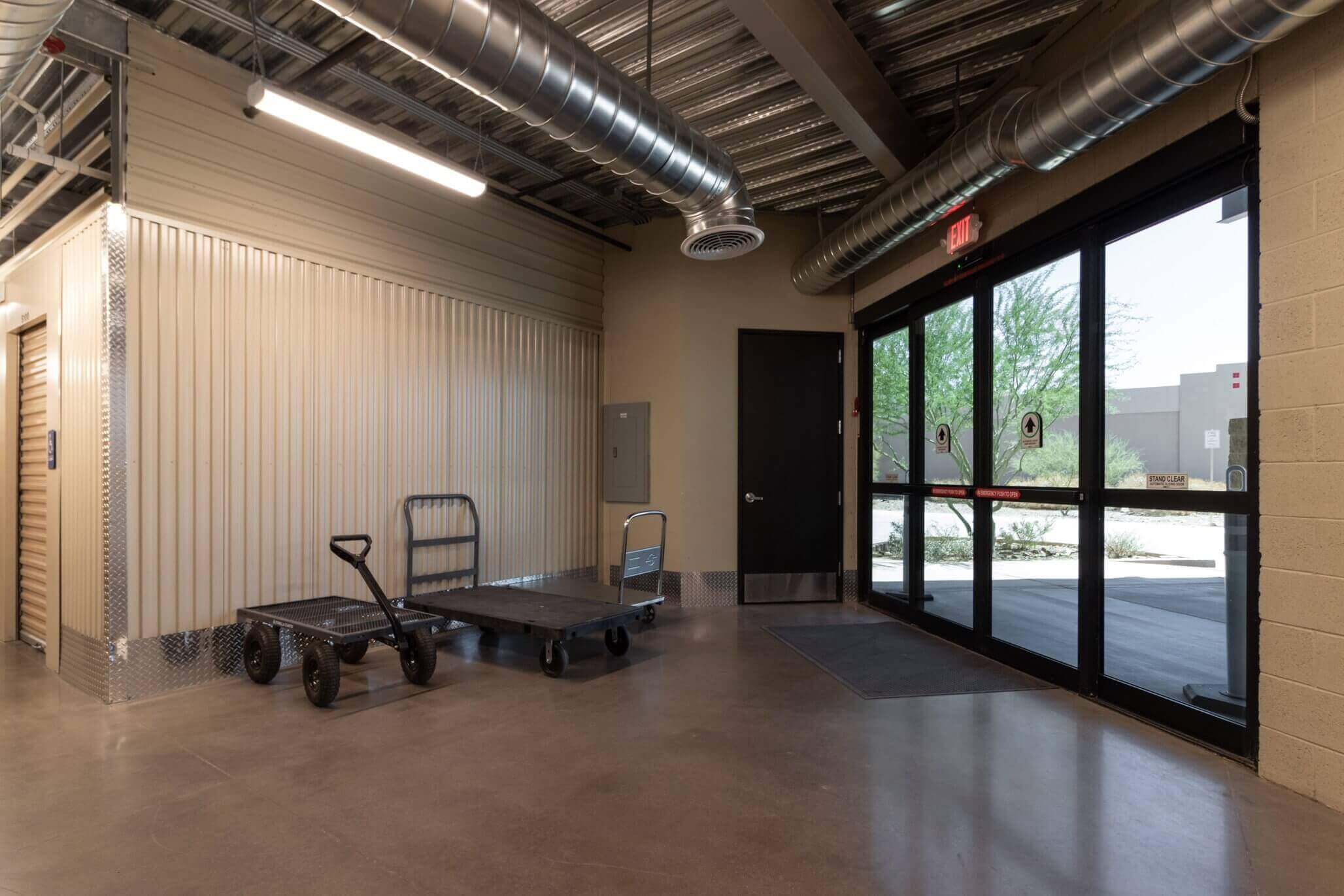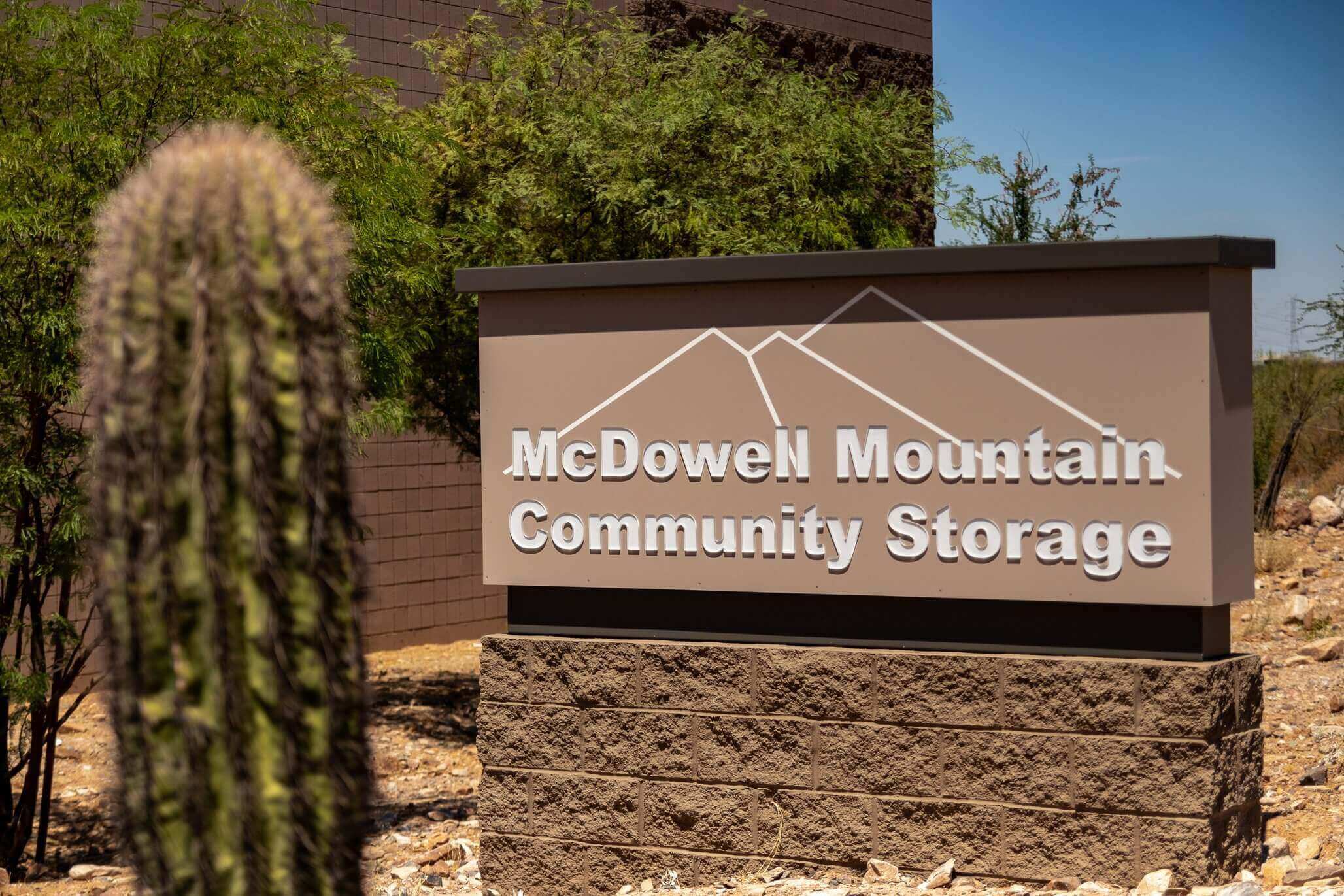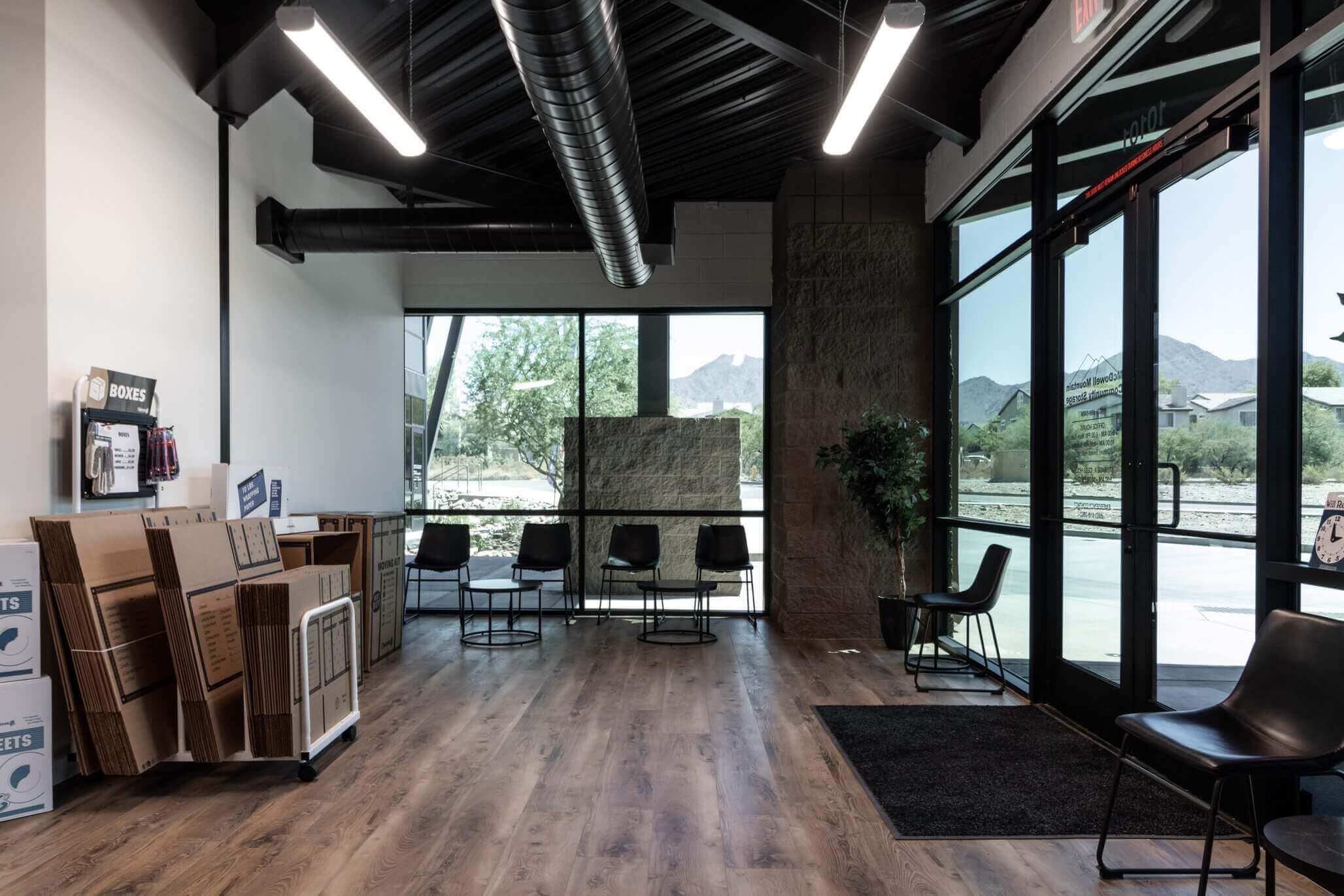Self-storage has become a reliable and convenient solution for people and businesses looking for additional space. It provides a practical way to organize everything from furniture during a move to seasonal items, electronics, and business inventory. This beginner’s guide provides essential information and ideas for efficiently managing your belongings, helping you understand how self-storage works and how to select the best unit for your specific needs.
Self Storage Offers Flexible Solutions for Everyone
Self-storage allows a person to rent units at a storage facility to store belongings, boxes, furniture, and vehicles, such as a car or boat, safely. Units come in a lot of sizes and types, from small lockers suitable for documents, holiday decorations, or a garage-sized room, to large spaces capable of holding full household contents or business inventory. There are many reasons people choose self-storage, and an explicit rental agreement provides answers to common questions about accessing and using each part of the unit.
Individuals frequently use self-storage for situations such as:
- Moving or Downsizing: Temporary storage for furniture, electronics, and boxes while transitioning to a new home.
- Seasonal Storage: Keeping holiday decorations, outdoor furniture, or sporting equipment safe during the off-seasons.
- Protecting Valuable Items: Storing antiques, artwork, instruments, and electronics in controlled environments.
Businesses also benefit from self-storage, using units to store office equipment, documents, inventory, and vehicles. Making the right decision about which unit to rent is easier when you understand the basics of the self-storage industry and the range of storage unit sizes available. Facilities provide flexible access at different times, allowing both personal and professional users to retrieve or store any item. Before renting, it’s essential to know the name of the facility, the state it is located in, and ensure it can safely hold anything you plan to store.
Storage Facilities Provide Security and Convenience
Modern self-storage facilities focus heavily on security, accessibility, and convenience. Security measures include gated access, key codes, surveillance cameras, alarm systems, and on-site staff. Each unit is secured by the renter’s lock, giving them complete control over who can access their belongings. When signing a contract, it is essential to choose the right size storage unit and understand the available storage spaces, including rooms or smaller sections. These features help ensure that articles and other items remain safe from theft, vandalism, or unauthorized access. In some cases, renters keep a track of items on one side of the unit for easier organization. For every reason related to security and accessibility, a self-storage facility provides peace of mind.
In addition to security, convenience is a key feature. Many facilities offer 24-hour access, drive-up loading, well-lit parking areas, and equipment like dollies, carts, and ramps to simplify the moving process. Facilities may also provide climate-controlled units for sensitive items, ensuring that belongings such as electronics, furniture, and documents are protected from extreme temperatures and humidity.
By choosing a facility with these features, renters can enjoy peace of mind knowing their items are secure, accessible, and well-maintained.
Climate-Controlled Units Protect Sensitive Belongings
Climate-controlled units are essential for storing items sensitive to temperature and humidity. Electronics, artwork, antiques, instruments, and wooden furniture can be damaged by extreme heat, cold, or moisture. These units maintain consistent environmental conditions, preventing deterioration, mold, and warping.
Even vehicles can benefit from climate control. Cars, motorcycles, RVs, and boats may experience paint or interior damage if exposed to fluctuating temperatures and sunlight. Understanding the benefits of climate-controlled storage unit use helps maintain the condition and value of vehicles and other sensitive belongings. This makes it a wise choice for high-value or delicate items, protecting against extreme temperatures, humidity, and environmental damage.
Unit Types Cater to Different Needs
Self-storage facilities offer a range of unit types designed to accommodate different needs:
- Indoor Units: Located within a building for added security and protection from the elements. Ideal for boxes, furniture, and sensitive electronics.
- Outdoor Units: Drive-up units for more effortless loading and unloading of bulky items, such as appliances and large furniture.
- Vehicle Storage: Spaces specifically designed for cars, motorcycles, RVs, and boats, often including covered or enclosed options.
- Specialty Units: Climate-controlled or high-security units for valuable or delicate items, including artwork, antiques, and instruments.
Choosing the correct unit type is crucial for protecting items and ensuring convenient access. Consider what you plan to store, how often you’ll access it, and whether climate or security is a priority.
Choosing the Right Storage Unit Size
Selecting the correct unit size is critical for maximizing space and minimizing costs. Standard unit sizes include:
- Small (5×5 to 5×10 feet): Perfect for boxes, small electronics, or holiday decorations.
- Medium (10×10 to 10×15 feet): Ideal for apartment furniture, office equipment, and multiple boxes.
- Large (10×20 to 10×30 feet): Suitable for full-house storage, vehicles, or large business inventory.
Before renting a unit, create a detailed inventory of items you plan to store, including furniture, electronics, documents, appliances, and fragile items. Planning your storage space prevents overpaying for a unit that is too large and avoids the frustration of a cluttered unit that is too small.
Consider special storage requirements. For example, delicate electronics, instruments, or artwork may require climate control, while vehicles may need covered or enclosed spaces. Taking these factors into account ensures the unit meets your long-term needs.
Packing and Organizing Your Storage Unit
Proper packing and organization are key to maximizing storage space and protecting items:
- Use Durable Boxes: High-quality boxes prevent damage to fragile items like electronics and artwork.
- Label Clearly: Label each box with its contents to simplify retrieval.
- Protect Valuable Items: Wrap furniture, artwork, and instruments with bubble wrap, blankets, or protective padding.
- Stack Strategically: Place heavier items on the bottom and lighter boxes on top.
- Maintain an Inventory: Keep a detailed list of all stored items for insurance and easy access.
Efficiently organizing units ensures belongings remain in good condition and allows renters to retrieve items without difficulty. For larger items like furniture or appliances, consider disassembling pieces to save space and reduce the risk of damage.
Renting a Unit Is a Simple Process
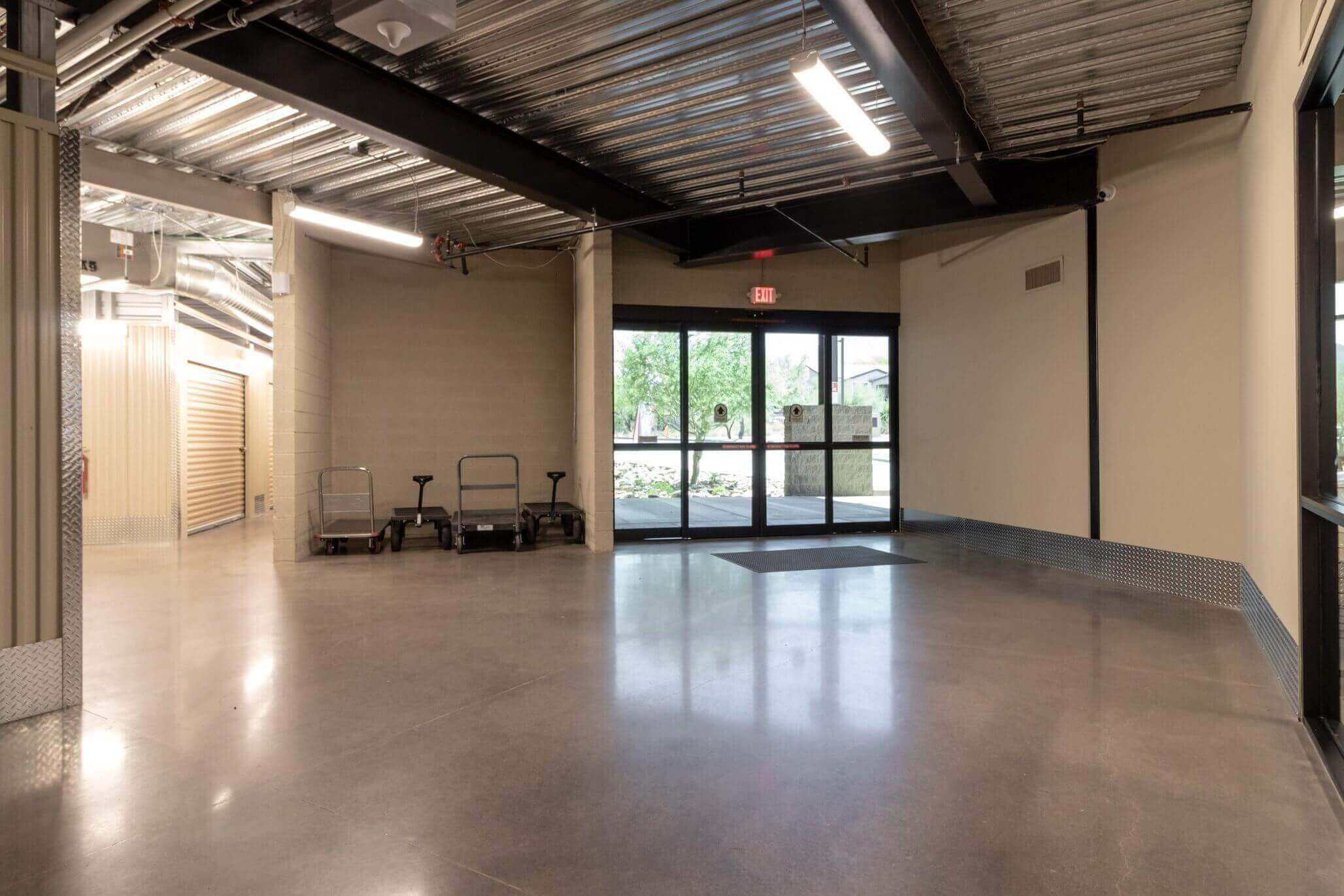
Renting a self-storage unit is straightforward:
- Research Facilities: Compare locations, amenities, unit types, and prices.
- Reserve a Unit: Book online or by phone to ensure availability.
- Review the Lease Agreement: Check rental fees, access hours, and insurance requirements.
- Move In: Transport your belongings, secure your unit with a lock, and maintain an updated inventory.
- Make Payments: Most facilities offer monthly payment plans or flexible leases for short-term or long-term storage.
Understanding the rental process helps new renters avoid common mistakes and ensures a smooth experience. Facilities may also provide moving assistance, such as dollies, carts, or packing materials, making the process more convenient.
Pricing Factors Affect Self-Storage Costs
The cost of a self-storage unit depends on multiple factors:
- Unit Size: Larger units generally have higher monthly fees.
- Climate Control: Temperature- and humidity-controlled units may cost more.
- Location: Facilities in high-demand areas often have higher prices.
- Lease Duration: Short-term rentals can be more expensive per month compared to long-term leases.
- Additional Services: Insurance, vehicle storage, and packing materials may affect the total cost.
By evaluating your storage needs and comparing multiple facilities, you can choose an option that balances cost, convenience, and security. Consider potential hidden fees or extra charges for late payments, access, or insurance.
Security Measures Ensure Peace of Mind
High-quality self-storage facilities provide multiple security measures to protect belongings, inventory, and vehicles:
- Gated Access and Key Codes: Restricts entry to authorized customers.
- Surveillance Cameras: Monitor the property and deter theft.
- On-Site Staff: Offer assistance and monitor activity.
- Individual Unit Locks: Give renters control over access to their belongings.
These security measures create a safe environment, allowing customers to store valuable items like electronics, antiques, artwork, and instruments with confidence.
Businesses Benefit from Self Storage
Self-storage is ideal for businesses looking for extra space:
- Inventory Storage: Store seasonal stock or excess products.
- Document Storage: Protect essential records and files.
- Equipment Storage: Utilize free office space to store rarely used equipment or appliances.
- Vehicle Storage: Secure company cars, trucks, or boats.
Business storage and how renting a unit boosts efficiency provide a cost-effective and flexible solution for businesses that need extra space. Facilities may also offer specialized services tailored to business customers, such as shipping, delivery, or multiple-unit rentals, helping companies manage inventory, equipment, and documents more efficiently.
Choosing the Best Location
The correct storage facility location is key for convenience and cost efficiency:
- Proximity: Facilities close to your home, office, or business save time and effort.
- Accessibility: Wide roads, driveways, and parking spaces accommodate large vehicles.
- Multiple Locations: Some companies offer flexibility across several facilities.
Location affects both convenience and pricing, so it should be a primary factor in choosing a self-storage facility like McDowell Mountain Community Storage.
Insurance and Safety Tips
Protecting your items is essential:
- Renters Insurance: Covers potential damage or theft.
- Packing Materials: Bubble wrap, padding, and sturdy boxes protect fragile items.
- Climate Considerations: Sensitive items should be stored in temperature- and humidity-controlled units.
- Vehicle Maintenance: Stored vehicles should be maintained and protected from environmental damage.
By planning and taking safety precautions, customers can avoid common risks and ensure the longevity of their stored items.
Tips for Maximizing Storage Space
To make the most of your storage unit:
- Disassemble Furniture: Saves space and reduces the risk of damage.
- Stack Uniform Boxes: Optimizes vertical space.
- Use Shelving: Keeps smaller items organized.
- Keep Frequently Used Items Accessible: Place them near the front.
- Protect Fragile Belongings: Wrap electronics, artwork, and antiques carefully.
These tips enable renters to store their items while maintaining easy access and efficient organization.
Long-Term and Temporary Storage Solutions
Self-storage accommodates both temporary and long-term storage needs:
- Temporary Storage: Ideal during moves, renovations, or travel.
- Long-Term Storage: Suitable for seasonal items, business inventory, or estate storage.
- Flexible Leases: Rent units monthly or for extended periods depending on your storage needs.
The flexibility of self-storage allows renters to adapt as their needs change over time.
Bottom Line on Self Storage
Self-storage is a safe, flexible, and convenient solution for managing belongings, furniture, vehicles, and business inventory. By understanding unit types, sizes, security measures, pricing, and planning storage strategies, renters can make informed decisions that meet their specific needs.
McDowell Mountain Community Storage provides a variety of self-storage units, climate-controlled spaces, and vehicle storage options with high-level security features. Whether storing household items, business inventory, or vehicles, these facilities offer convenience, peace of mind, and organized storage solutions.
With proper planning, packing, and the right facility, self-storage is a cost-effective and reliable solution for individuals and businesses seeking additional space.
Frequently Asked Questions
1. Can I store items that I need frequent access to?
Yes. When choosing a unit, consider its location within the facility and access times. Placing frequently used items near the side or front of the unit makes retrieval faster.
2. Are there storage options for very large or unusually shaped items?
Yes. Some storage spaces and rooms can accommodate bulky items such as furniture, boats, or large equipment. Proper planning of the unit size ensures everything fits safely.
3. How do I track what’s inside my storage unit?
Keeping a written or digital inventory of items helps you track belongings. This ensures you know where everything is and can locate anything quickly without unpacking the entire unit.
4. Can I rent more than one storage unit at a time?
Yes. Renting multiple units is an option for larger households, businesses, or individuals who need to store collections of articles and things in separate rooms for better organization.
5. What kind of locks are recommended for storage units?
A high-quality padlock is recommended. Some renters use keyed locks, while others choose combination locks for convenience. Proper locking ensures all items remain secure.
6. How should I pack fragile or valuable items?
Fragile items, such as electronics, artwork, and instruments, should be wrapped in protective materials like bubble wrap and stored in sturdy boxes. Placing them off the floor and away from walls helps prevent damage.
7. Can I use a storage unit to store items during a renovation?
Yes. Units are ideal for temporarily storing furniture, appliances, and things while rooms are being renovated. Proper organization helps keep items safe from dust, paint, and moisture.
8. How do seasonal changes affect my stored items?
Items sensitive to heat, cold, or humidity may require climate-controlled storage spaces. Electronics, wooden furniture, and documents benefit from consistent temperature and humidity levels.
9. Is there a way to save space when storing many small items?
Yes. Group small items in clearly labeled boxes and place them strategically in the unit. Using vertical space efficiently and stacking items correctly maximizes the storage space available.
10. Can I combine different types of storage items in one unit?
Yes, but careful organization is essential. Combining articles, furniture, boxes, and things works best when heavier items are placed at the bottom and lighter or fragile items on top. Keeping a track of what is stored in each room or section of the unit prevents confusion.


